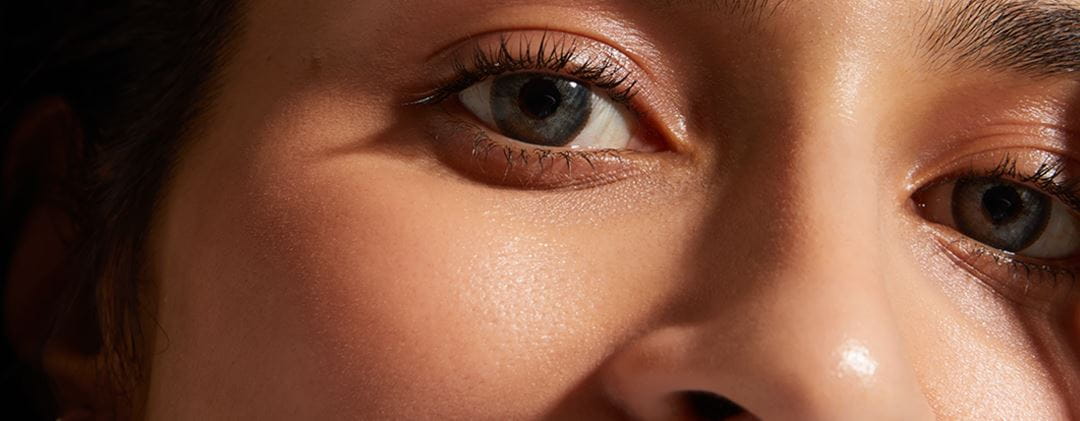One of the
skin’s main tasks is to
protect the body from external stimuli. It envelopes us like a coat and ensures that we are not immediately hurt under pressure or impacts.
It also warns us of danger such as high levels of heat or extreme cold by means of its sensors using pain or itching.
As a temperature regulator, the
skin is also responsible for keeping a constant temperature within the body. When it is hot, the circulation of blood in the vessels increases and heat is released. If this is insufficient, the
skin sweats and
cools the body down. If it is cold, the opposite happens: the
skin pumps less blood through its veins in order to keep the warmth within the body. This is why when it is cold, our hands and feet are the first to freeze.
Our
skin also works to
protects us from
sunlight. If you go out in the
sun’s rays, the
skin can develops a thicker rough layer and dark pig
mentation – tanning. Both act as a filter that allows the
harmful UV rays to penetrate the
skin to a limited extent. Damage caused by
sunlight can be partially
repaired by the
skin itself, however, it needs time to do it. To support the
natural protective functions of the
skin against
sunlight, when spending extended times in the
sun you should always use a
sunscreen with an adequate
sun protection factor (SPF).

